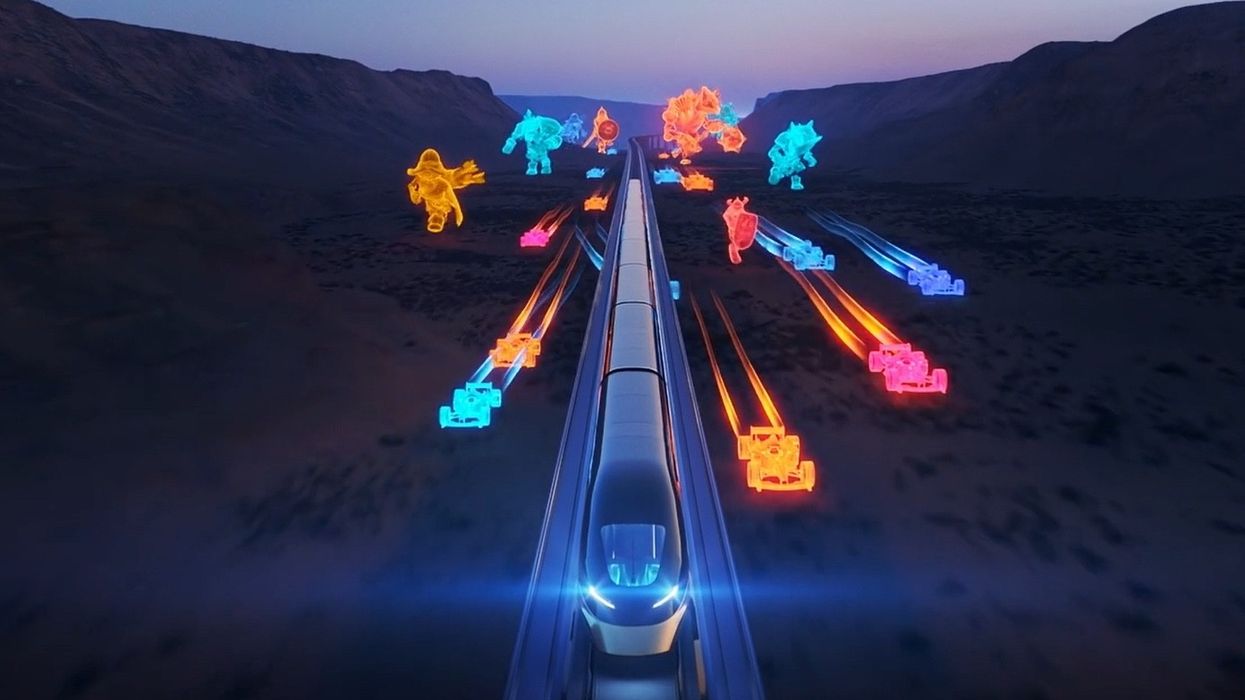The Vatican and Microsoft have unveiled a digital twin of St. Peter’s Basilica created with artificial intelligence (AI) that gives everyone access to the iconic church.
Located in Vatican City, St. Peter’s Basilica is more than 400 years old. One of the most famous churches in the world, it's known for its Renaissance and Baroque architecture.
The 3D version of the church was created in collaboration with Paris-based digital preservation company Iconem using AI, photogrammetry and digital preservation.
Through the new website, virtual visitors can take 3D tours of spaces in the basilica, including areas that are usually hidden from the public.
The project involved taking 400,000 high-resolution photos of every detail inside the historic cathedral and piecing them all together.
The Iconem team spent three weeks scanning the church using drones, cameras and lasers before creating the digital twin.
Microsoft provided the AI technology to process and analyse Iconem’s vast amount of photogrammetry data.
Additionally, AI was used to help detect and map structural issues like cracks and missing mosaic tiles, which could be utilised for future conservation efforts.
Digital twin of St. Peter’s Basilica
“It is literally one of the most technologically advanced and sophisticated projects of its kind that has ever been pursued,” Brad Smith, vice chair and president of Microsoft, said at a Vatican press conference on Monday (11 November), Forbes reports.
The project, which includes in-person exhibits, has launched ahead of the Vatican's 2025 Jubilee, a holy year that occurs every 25 years and involves a pilgrimage to Rome. Catholics who are unable to make the trip can see the church in AI from anywhere in the world.
Cardinal Mauro Gambetti, Archpriest of St. Peter’s Basilica, said: "This project ultimately allows us to rediscover what is fully human and connects everyone."
Images courtesy of Microsoft and the Vatican
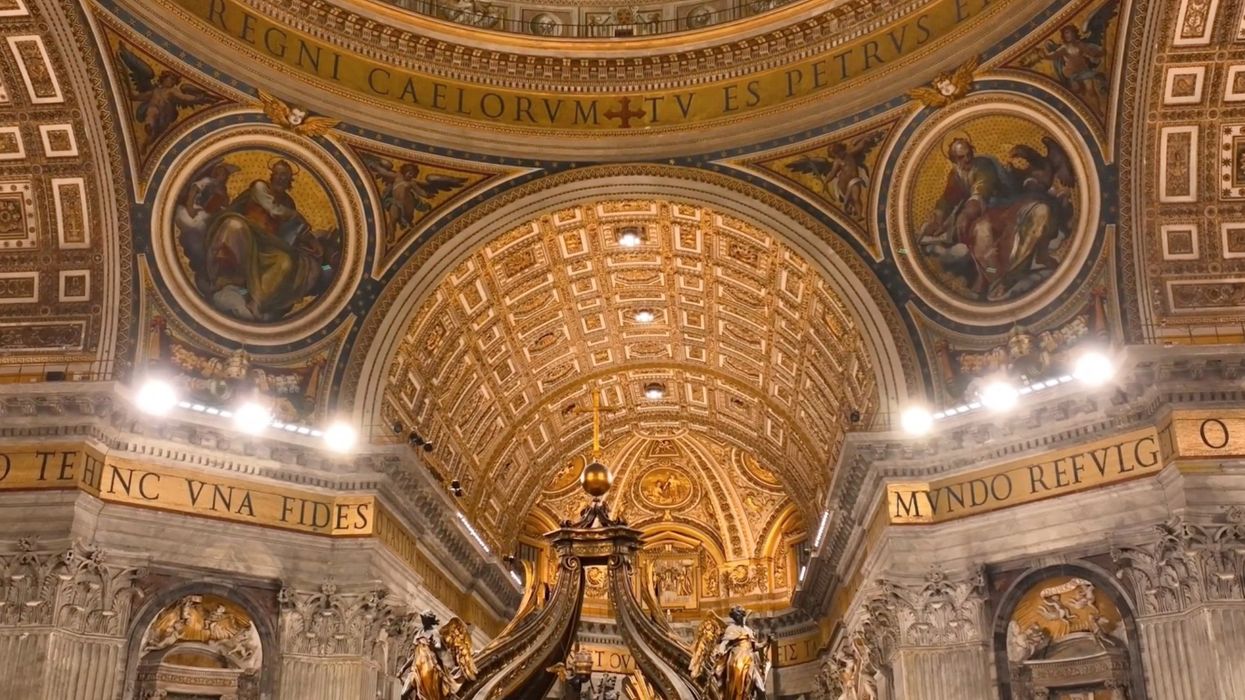

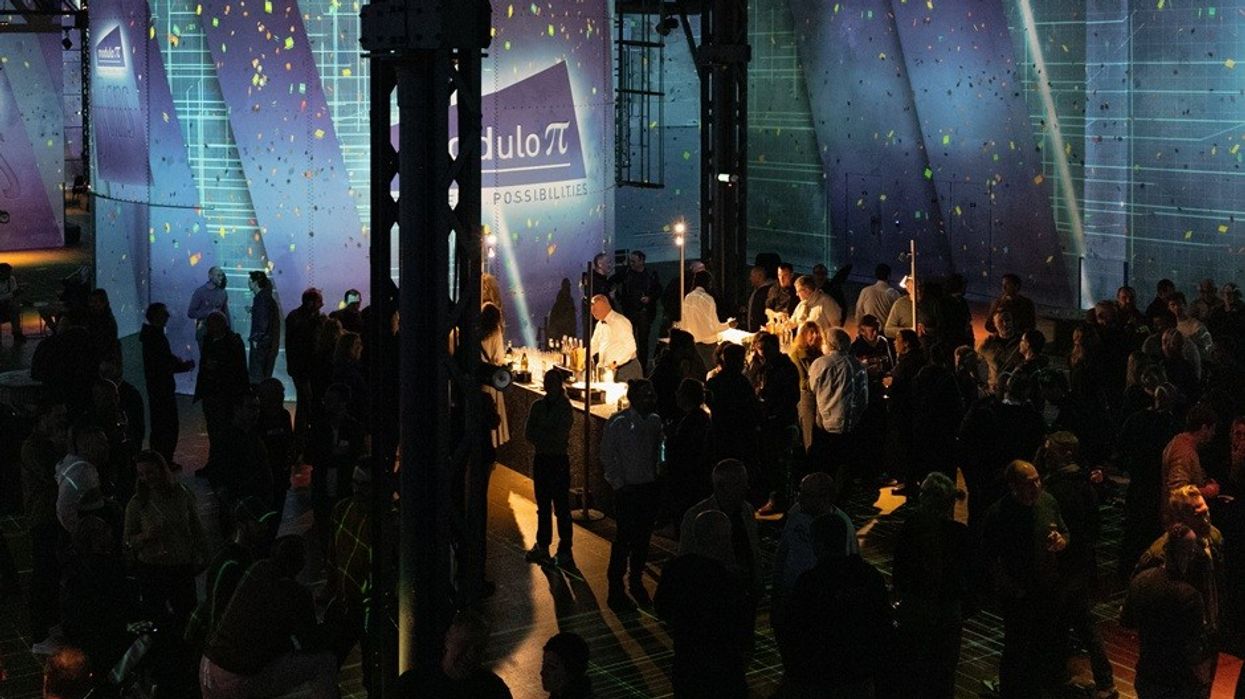



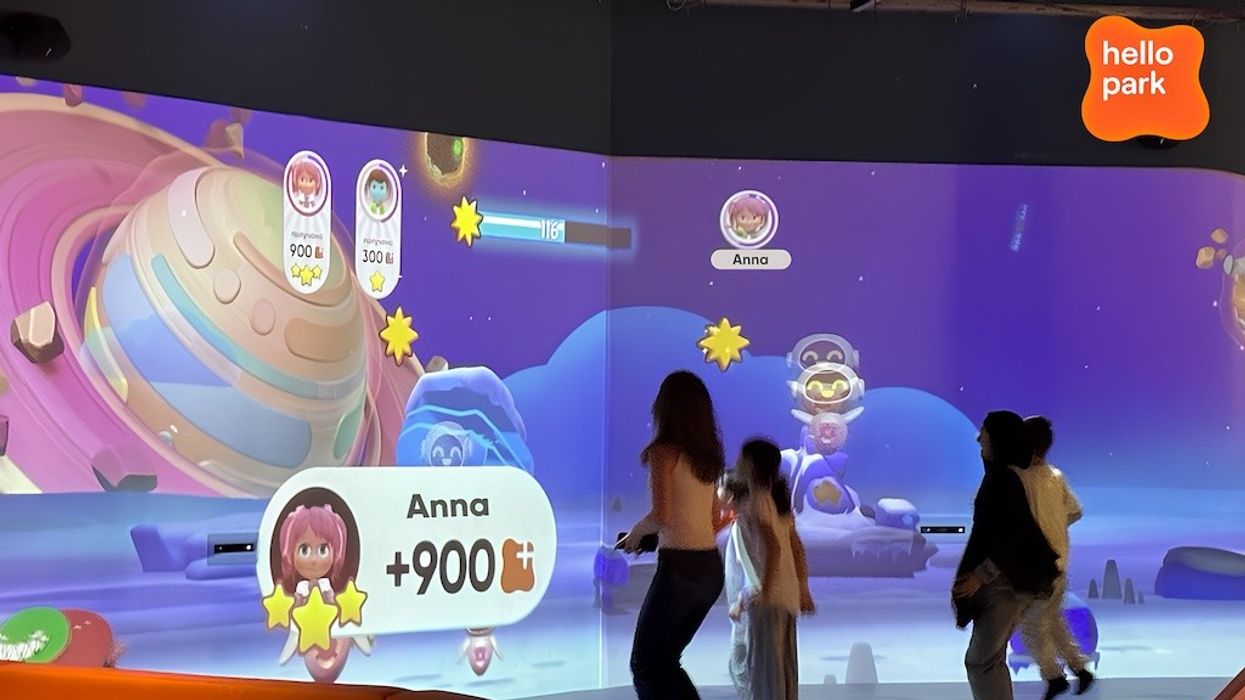
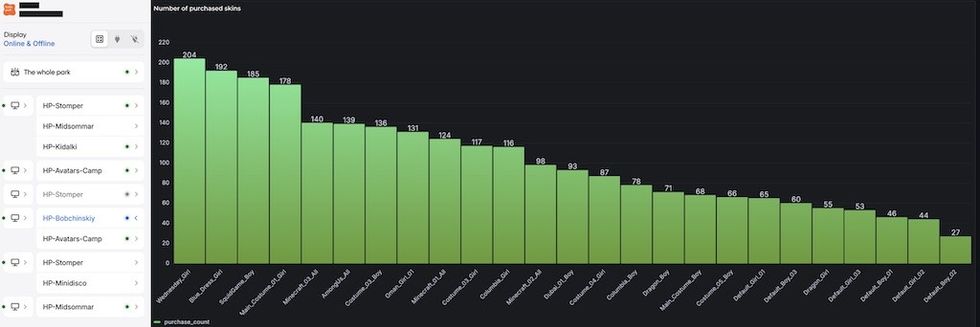
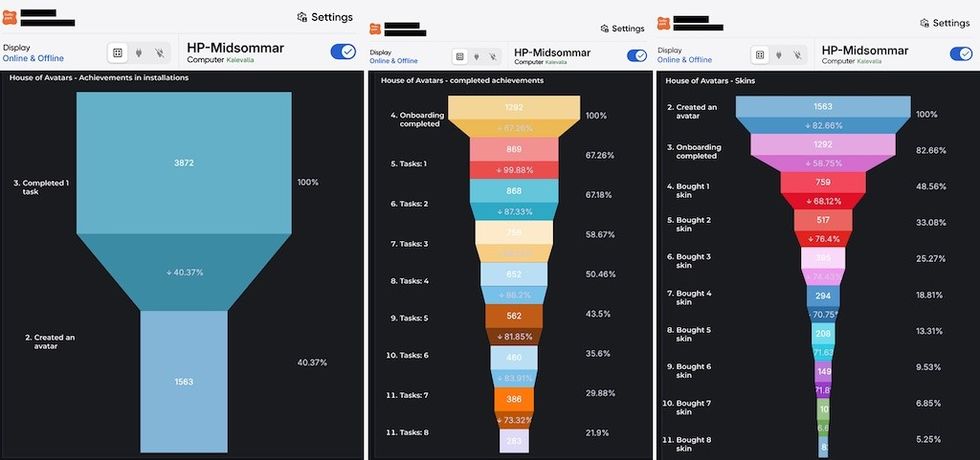


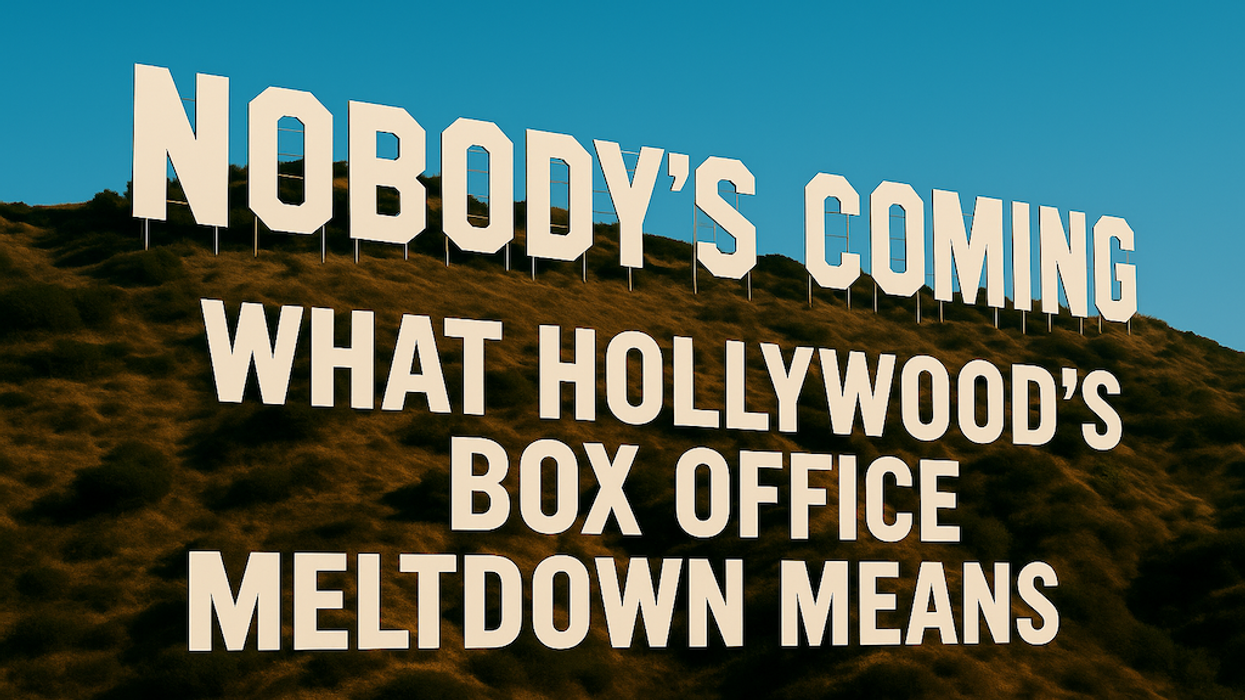


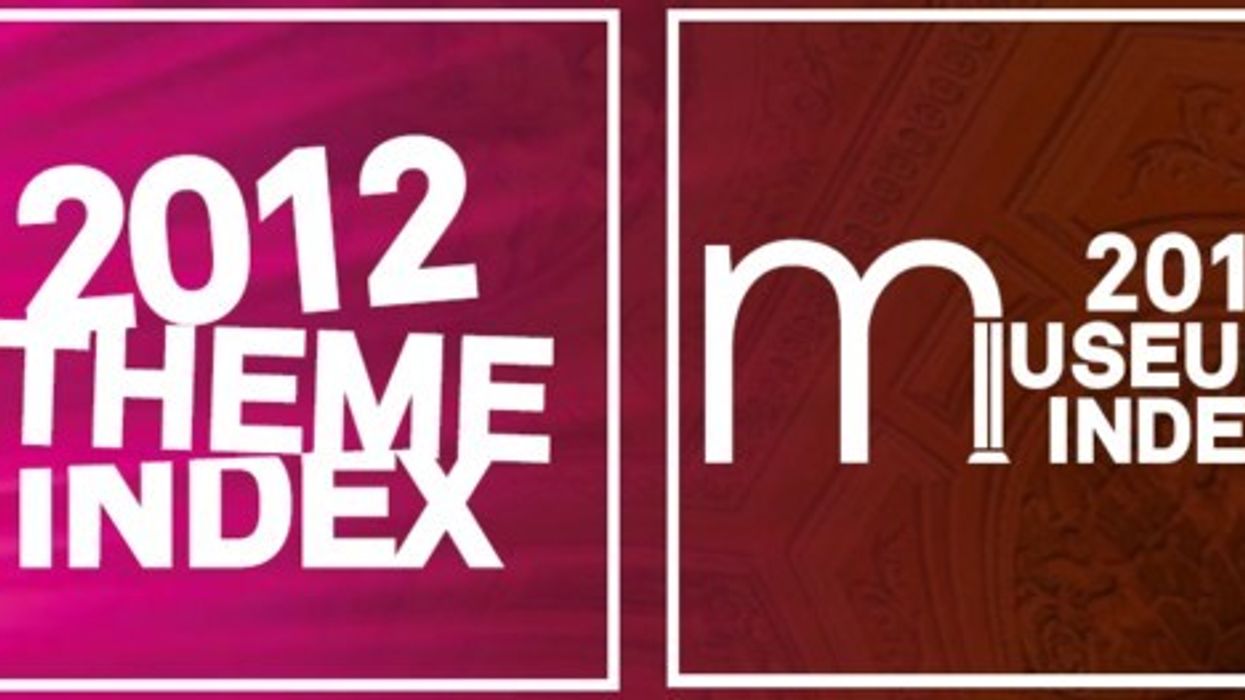

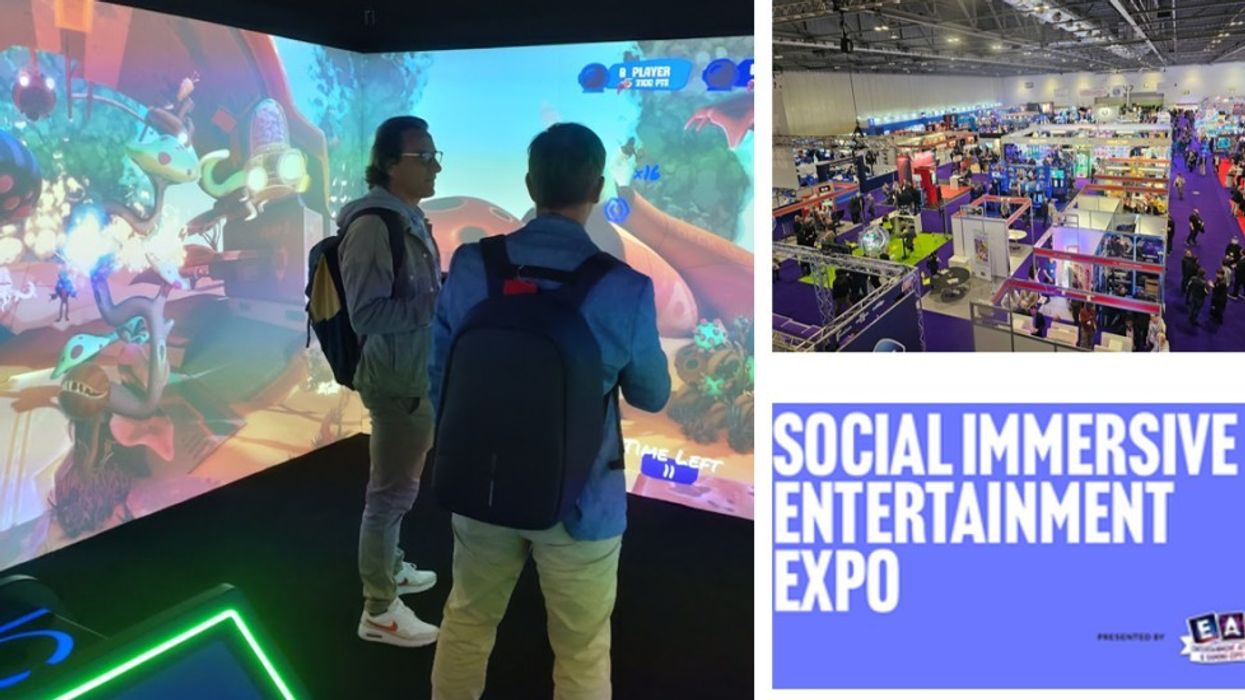
 Jade Craig
Jade Craig